Features > Property News & Insights > Market updates
“Affordable” homes becoming unaffordable: Domain
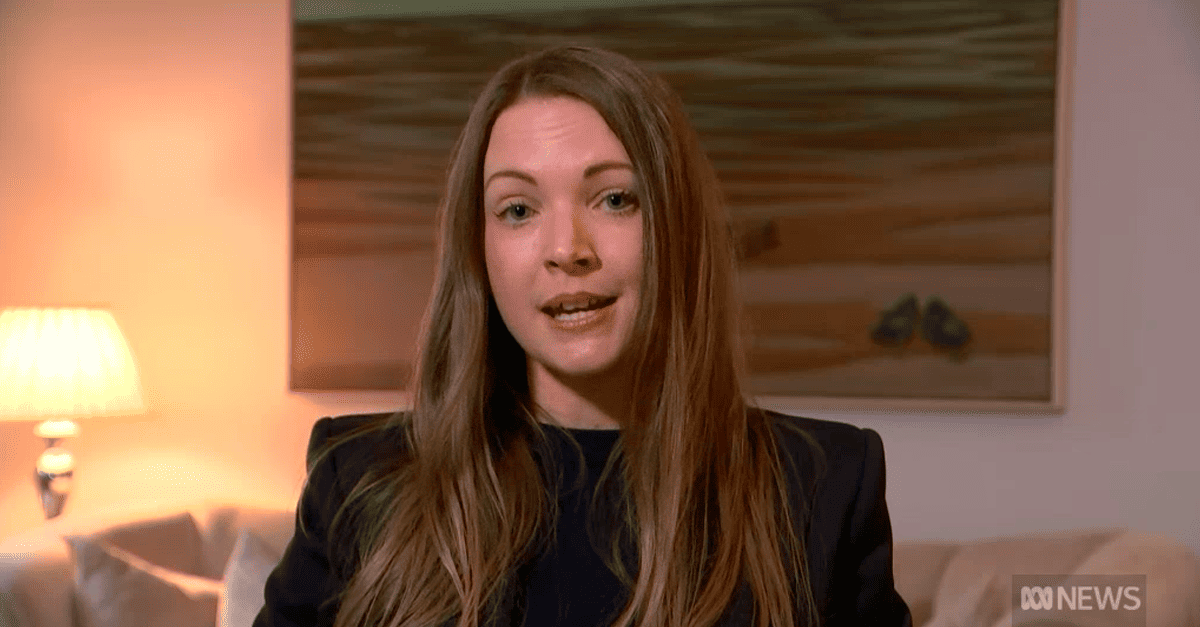
Image from 9news
KEY POINTS
- Domain data shows house prices in the 25th percentile (entry-level homes) have been rising faster than premium homes across most major capitals since 2022
- The gap is largest in Perth and Adelaide (around 20%), while Sydney recorded the smallest differential at just over 4%
- Domain says this trend is locking younger buyers out, with only 50% of 30–34 year olds owning a home, compared to 68% of those born in 1947–51 at the same age
Domain Group says a new analysis it has conducted on home prices shows the term “affordable” has “left Australia’s housing vocabulary.”
The property marketing and analysis giant says its research, which looks at home price trends going back to the 1990s, makes it clear that housing affordability has become “an increasingly distant prospect for aspiring homeowners, placing a disproportionate and growing burden on younger generations.”
Key to this decline in affordability are figures which show the type of entry-level properties typically purchased by first-home buyers are increasing in price at a faster rate than premium properties.
The details
Domain says its analysis - “The home ownership puzzle: Affordability at breaking point” - shows houses priced in the 25th percentile, typically those purchased by first-home buyers, have increased in price at a greater rate than premium houses (those in the 75th percentile) across most major capitals since 2022.
It says the cumulative difference in price growth for entry-level houses compared with more expensive properties has been the largest in Perth and Adelaide at just under 20%, while Sydney has seen the smallest differential, at just over 4%.
“What we have seen is the more affordable end has pretty much been outperforming,” says Domain’s Chief of Research & Economics, Dr Nicola Powell.
“When you look at that cumulative change since 2022 - and even if we push back a little bit earlier - really since 2020, we've seen that lower end of our housing market outperform the upper end.
“So there is a stark difference in performance.”
Dr Powell says the trend is apparent even in Melbourne, where houses at the affordable end of the market (currently around $685,000) have seen much faster price growth than houses around the 75th percentile (around the $1.3 million mark).
“Melbourne's housing market has been a bit sluggish in recent years, and it's been one of those ones that's underperformed, but even that being said … we have seen the lower end house prices this year actually outperform the upper end,” Nicola Powell says.
Domain says this trend is one of a number of factors pushing homeownership out of reach for younger Australians.
“Affordability pressures fall unevenly, with first-home buyers, younger Australians and lower-income households facing far greater barriers than the median suggests,” its research note says.
“The biggest hurdle for first-home buyers is the deposit gap.
“The median-income household now needs over 8 years to save a 20% deposit — up from 6
years in the early 2000s,” it says.
“Once over that (deposit) hurdle, buyers face much higher mortgage repayments than in the past.
“A typical new loan now consumes around 54% of household disposable income — the highest level in at least 20 years.”
Domain says this all means more demand for cheaper properties and that younger Australians are far less likely to own a home than previous generations.
“Nationally, over 68% of the population born between 1947-51 owned a home by the age of 30-34,” says Domain’s Dr Nicola Powell.
“Today, only 50% of those aged 30-34 own a home.
“In New South Wales, the difference is even starker at only 45%.”
Domain’s research note says the drivers of this trend are largely structural.
First, long periods of low interest rates have boosted property values, which in turn, have boosted deposit requirements for those trying to enter the property market.
Secondly, Domain says income volatility and insecure work make long-term borrowing riskier.
And third, later marriage and families having fewer children may have shifted preferences towards renting versus home ownership.
However, the data analytics firm also points out that rising property taxes, such as stamp duty, are hindering property ownership for younger generations.
“The tax burden for home owners has increased over time,” Domain says.
“This is partly because stamp duty brackets remained largely unchanged in many states until 2019.
“As property values rose significantly over the same period, more buyers were pushed into higher tax brackets, increasing their overall tax burden.
“In turn, this has added to the time it takes aspiring home buyers to save for a purchase and enter the market.”
Domain says that with home ownership rates declining and entry barriers increasing – particularly for younger Australians – there’s a growing imperative to tackle the problem.
“More needs to be done to tackle this crisis in home ownership,” Domain’s Dr Nicola Powell says.
“A shift from stamp duty to a land tax should be the immediate first step – this would remove a major barrier for prospective buyers.”
Stay Up to Date
with the Latest Australian Property News, Insights & Education.




.png?width=292&height=292&name=Copy%20Link%20(1).png)
 SIGN UP FOR FREE NEWSLETTER
SIGN UP FOR FREE NEWSLETTER
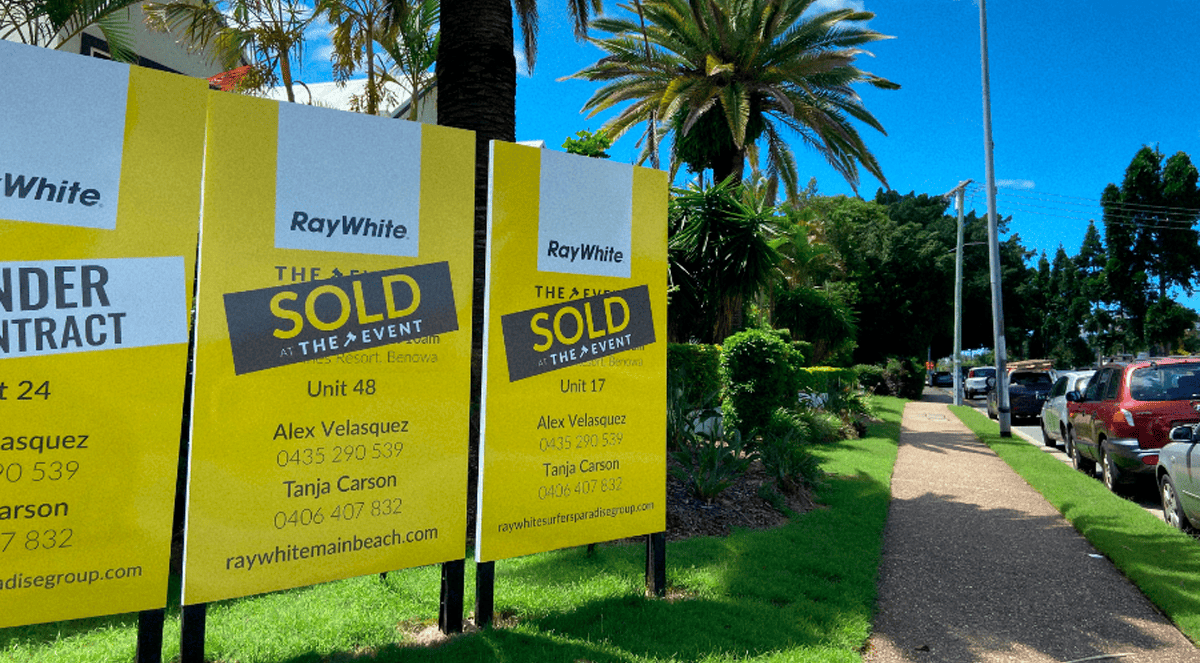
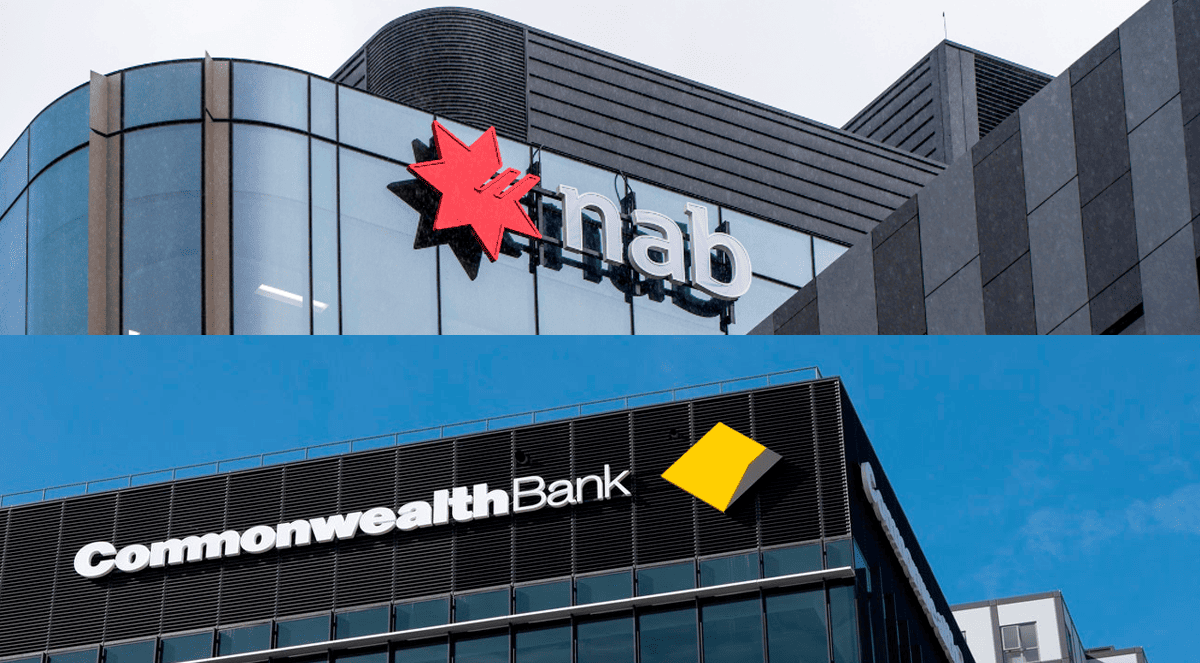
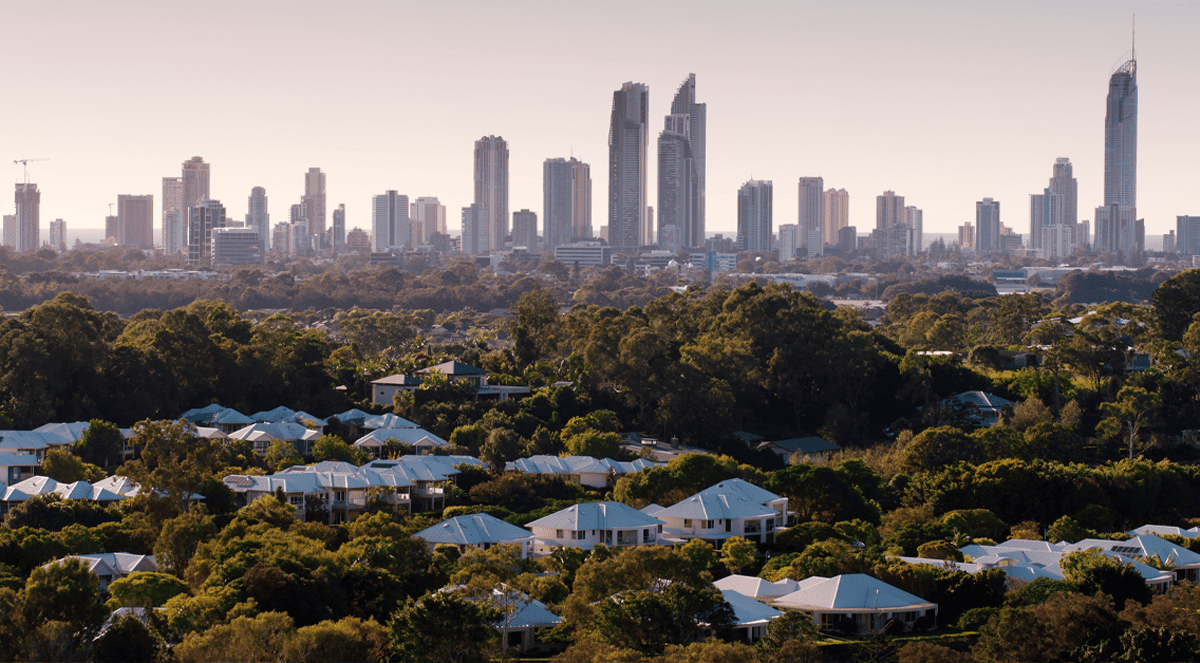
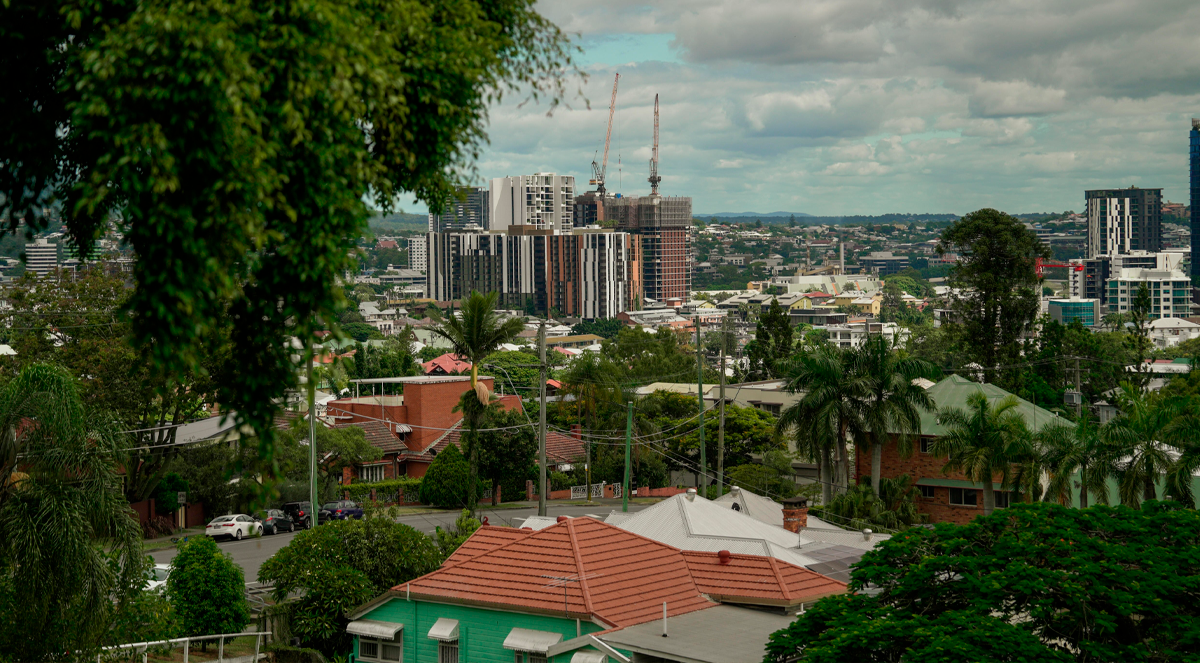
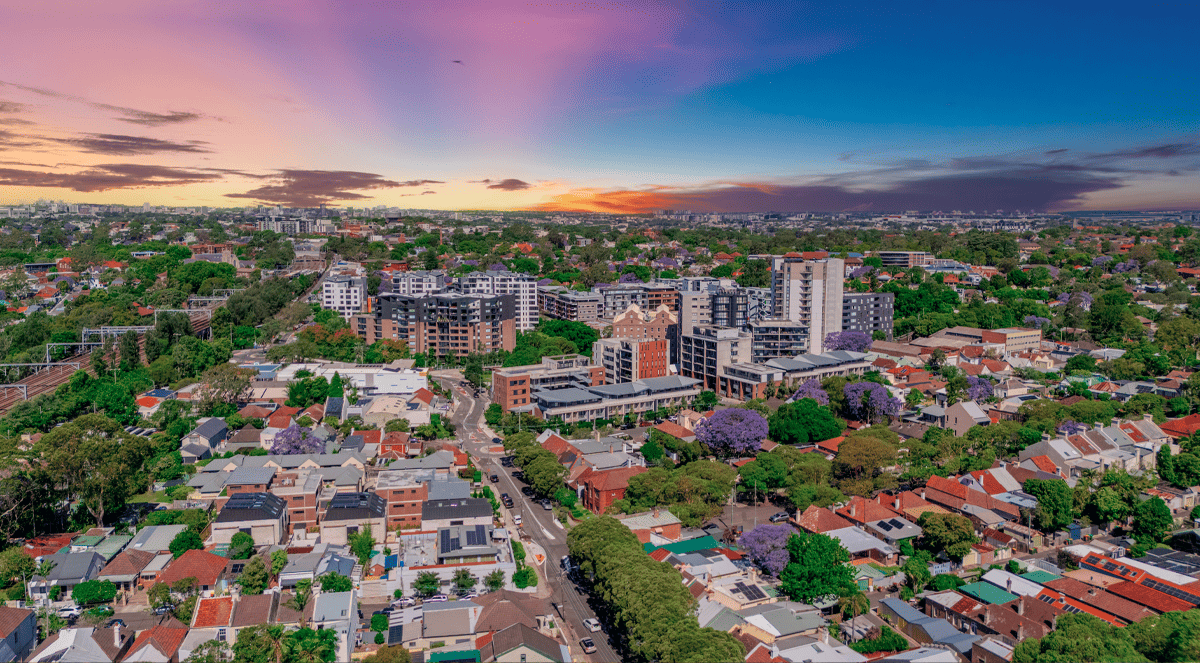
.jpg?width=1920&height=1080&name=Warning%2c%20You%20Might%20Be%20Facing%20Higher%20Taxes%20Soon%20(1).jpg)





.png?width=1920&height=1080&name=Rate%20Drops%20Signal%20BIGGEST%20Property%20Boom%20in%20DECADES%20(1).png)

.jpg?width=1920&height=1080&name=Labor%20vs%20Liberal%20These%20Housing%20Policies%20Could%20Change%20the%20Property%20Market%20Forever%20(1).jpg)
.jpg?width=1920&height=1080&name=QLD%20Slashes%20Stamp%20Duty%20Big%20News%20for%20Investors%20%26%20Home%20Buyers%20(1).jpg)
.jpg?width=1920&height=1080&name=Trump%20Just%20Slapped%20Tariffs%20%E2%80%93%20Here%E2%80%99s%20What%20It%20Means%20for%20Australia%20(1).jpg)
.jpg?width=1920&height=1080&name=Federal%20Budget%202025%20More%20Debt%2c%20No%20Housing%20%E2%80%93%20Here%E2%80%99s%20What%20You%20Need%20to%20Know%20(1).jpg)
.jpg?width=1920&height=1080&name=Australias%20Housing%20Crisis%20is%20about%20to%20get%20MUCH%20Worse%20(New%20Data%20Warns).jpg)
%20(1).jpg?width=1920&height=1080&name=Australias%20RENTAL%20CRISIS%20Hits%20ROCK%20BOTTOM!%20(2025%20Update)%20(1).jpg)
%20(1).png?width=1920&height=1080&name=Is%20Adelaide%20Still%20a%20Good%20Property%20Investment%20(2025%20UPDATE)%20(1).png)
.jpg?width=1920&height=1080&name=RBA%20Shocks%20with%20Rate%20Cuts!%20What%E2%80%99s%20Next%20for%20Property%20Investors%20(1).jpg)
%20(1).jpg?width=1920&height=1080&name=I%20Predict%20The%20Feb%20Rate%20Cut%20(My%20Price%20Growth%20Prediction)%20(1).jpg)
.png?width=1920&height=1080&name=Why%20Property%20Prices%20Will%20Rise%20in%202025%20Market%20Predictions%20(1).png)
.jpg?width=1920&height=1080&name=Why%20Investors%20Are%20Choosing%20Apartments%20Over%20Houses%202%20(1).jpg)
.jpg?width=1920&height=1080&name=Why%20Rate%20Cuts%20Will%20Trigger%20A%20Property%20Boom%20(1).jpg)
.jpg?width=1920&height=1080&name=Retire%20On%202Million%20With%20One%20Property%20(Using%20SMSF).jpg)
.jpg?width=1920&height=1080&name=4%20Reasons%20Why%20You%20Should%20Invest%20in%20Melbourne%20Now%20(1).jpg)
%20(1).jpg?width=1920&height=1080&name=Old%20Property%20vs%20New%20Property%20(Facts%20and%20Figures%20Revealed)%20(1).jpg)
%20(1).jpg?width=1920&height=1080&name=Will%20The%20New%20QLD%20Govt%20Create%20a%20Property%20Boom%20or%20Bust%20(My%20Prediction)%20(1).jpg)
%20Scott%20Kuru%20(1).jpg?width=1920&height=1080&name=Inflation%20Hits%20Three-Year%20Low%20(Will%20RBA%20Cut%20Rates%20Soon)%20Scott%20Kuru%20(1).jpg)
.jpg?width=1920&height=1080&name=How%20to%20Buy%20Investment%20Property%20Through%20SMSF_%20The%20Ultimate%20Guide%20(1).jpg)
.jpg?width=1920&height=1080&name=Victoria%20Slashes%20Stamp%20Duty%20Melbourne%20Set%20to%20Boom%20Scott%20Kuru%20(1).jpg)
.png?width=1571&height=861&name=Are%20Foreign%20Buyers%20Really%20Driving%20Up%20Australian%20Property%20Prices%20(1).png)
.jpg?width=1920&height=1080&name=The%20Single%20Factor%20That%20Predicts%20Property%20Growth%20Regions%20(1).jpg)
%20Scott%20Kuru%20(1).jpg?width=1920&height=1080&name=My%20Prediction%20On%20Rates%20%26%20Negative%20Gearing%20(Market%20Crash)%20Scott%20Kuru%20(1).jpg)

-1.png?width=1920&height=1080&name=Major%20Banks%20Cut%20Rates%20Will%20RBA%20Follow%20Suit%20(Sept%20Rate%20Update)-1.png)
%20Scott%20Kuru-1.png?width=1920&height=1080&name=Rate%20Cut%20Coming%20What%20New%20Zealands%20Move%20Means%20for%20Australia%20(Sept%20Prediction)%20Scott%20Kuru-1.png)
%20(1).jpg?width=1920&height=1080&name=Buy%20when%20the%20interest%20rates%20are%20high!%20(Why%20you%20must%20buy%20now!)%20(1).jpg)
.jpg?width=1920&height=1080&name=Carms_Revised%20Taxes%20Due%20Aug%209%20YT%20Thumbnail02%20(1).jpg)
.jpg?width=1920&height=1080&name=Carms_Too%20Little%20Too%20Late%20Aug%207%20YT%20Thumbnail01%20(1).jpg)









.jpg?width=1920&height=1080&name=Carms_Rate%20Drop%20In%20July%20Jun%2010%20YT%20Thumbnail02%20(1).jpg)
.jpg?width=1920&height=1080&name=Carms_Own%20a%20Property%20V6%20Jun%205_YT%20Thumbnail%20(1).jpg)









.png?width=1920&height=1080&name=Artboard%201%20(3).png)






.jpg?width=1920&height=1080&name=YT%20thumbnail%20%20(1).jpg)

